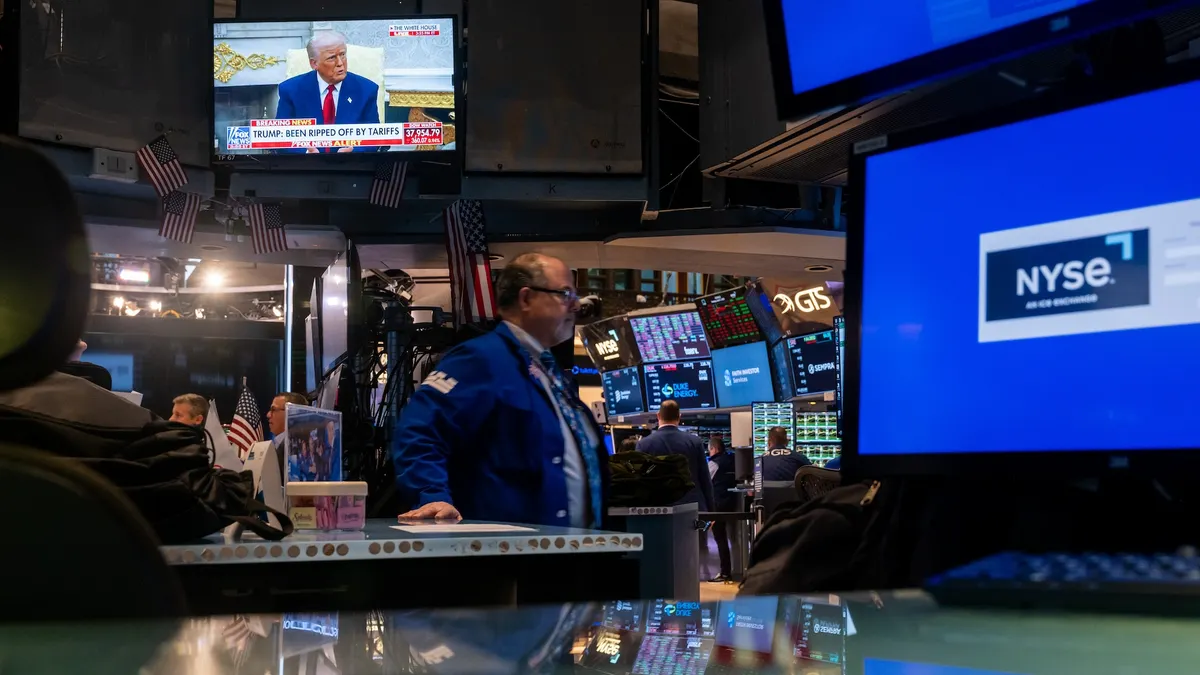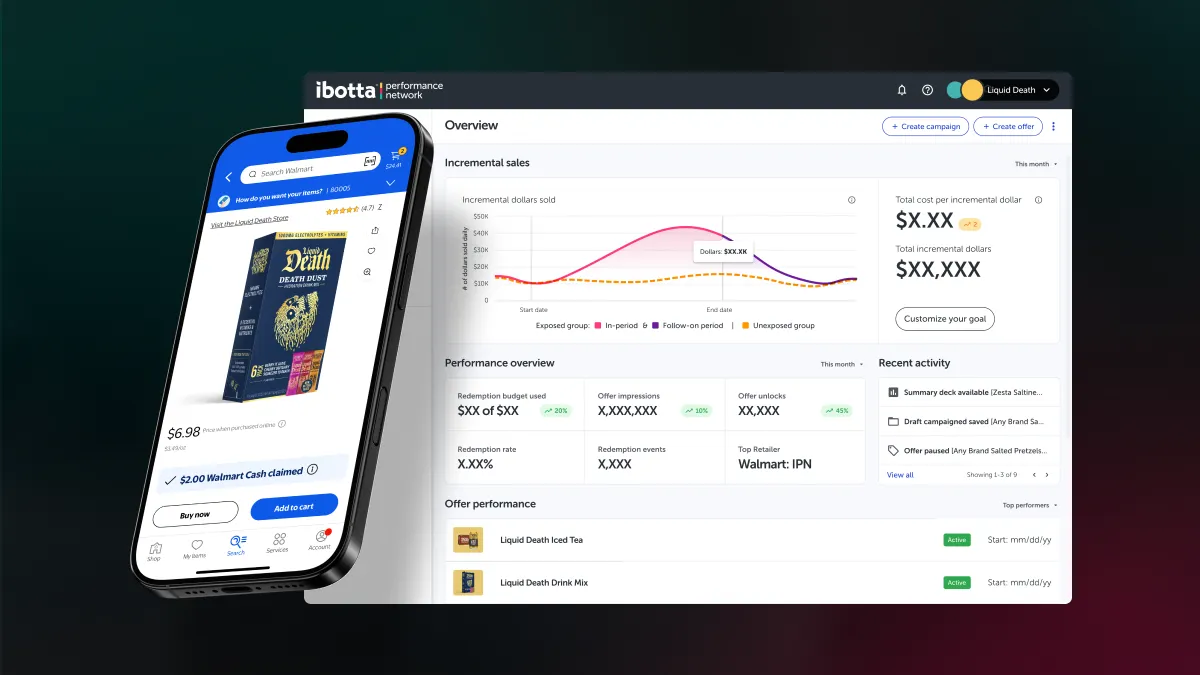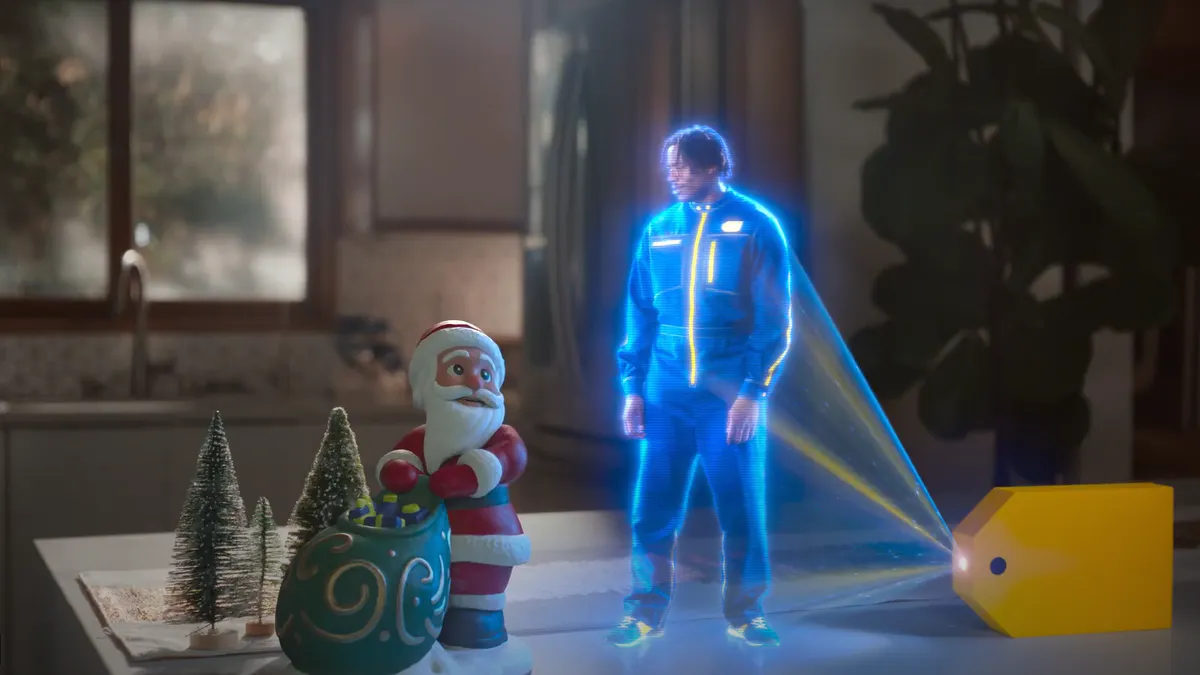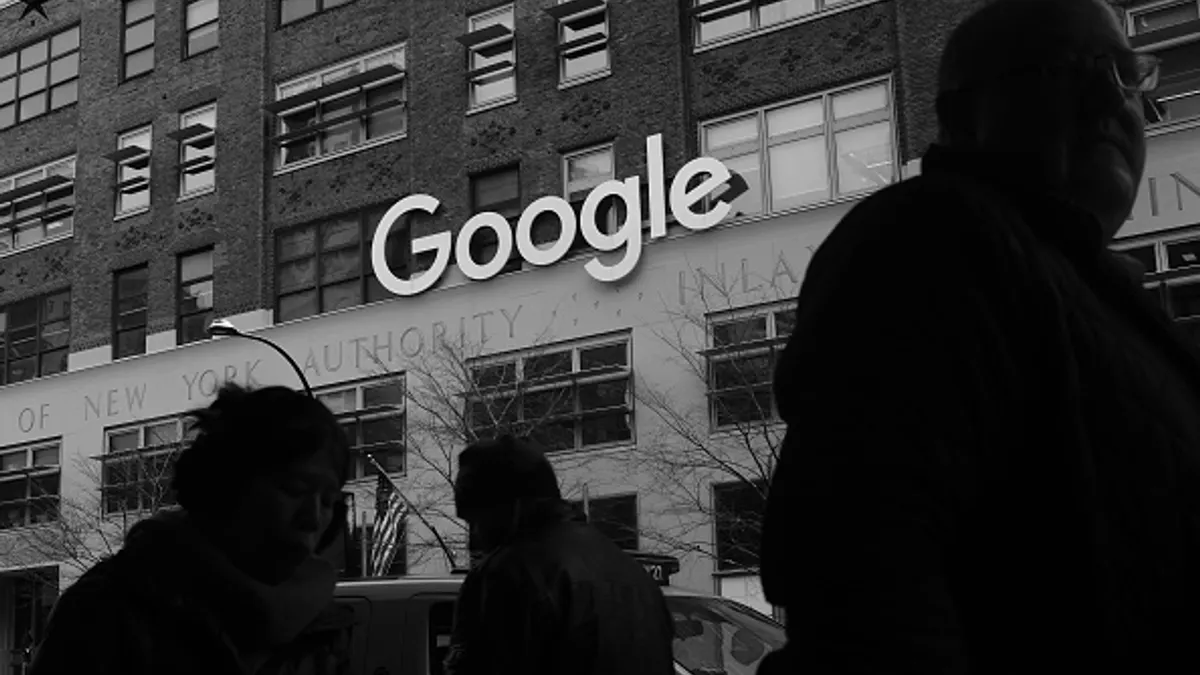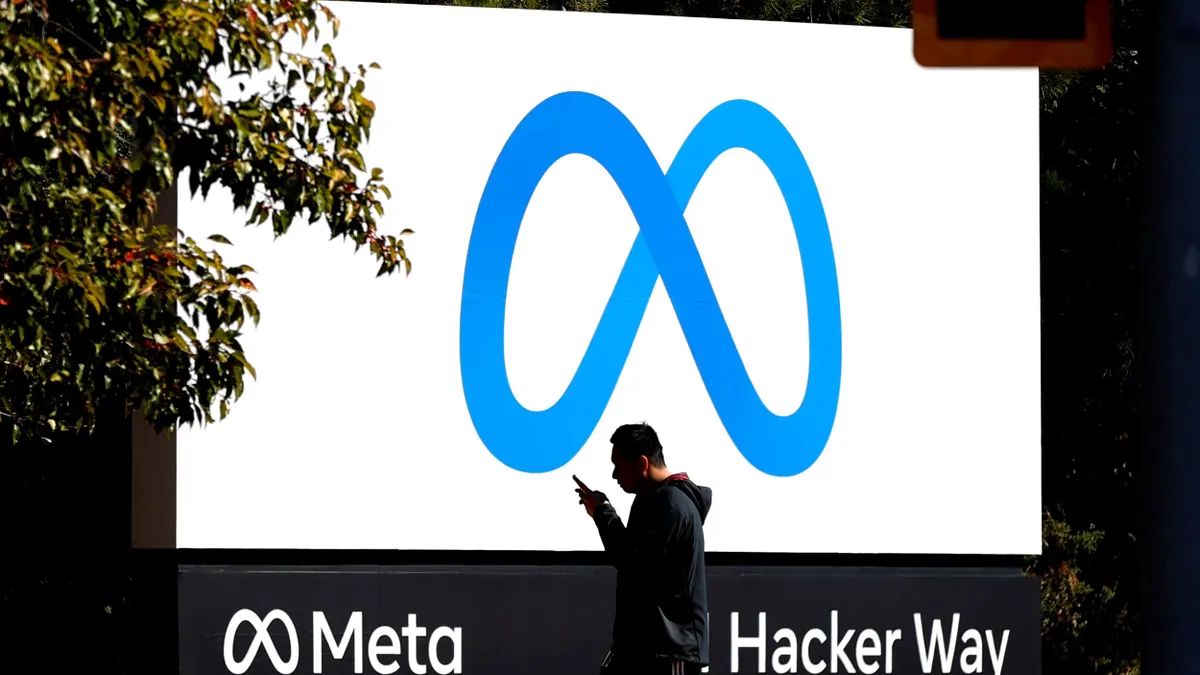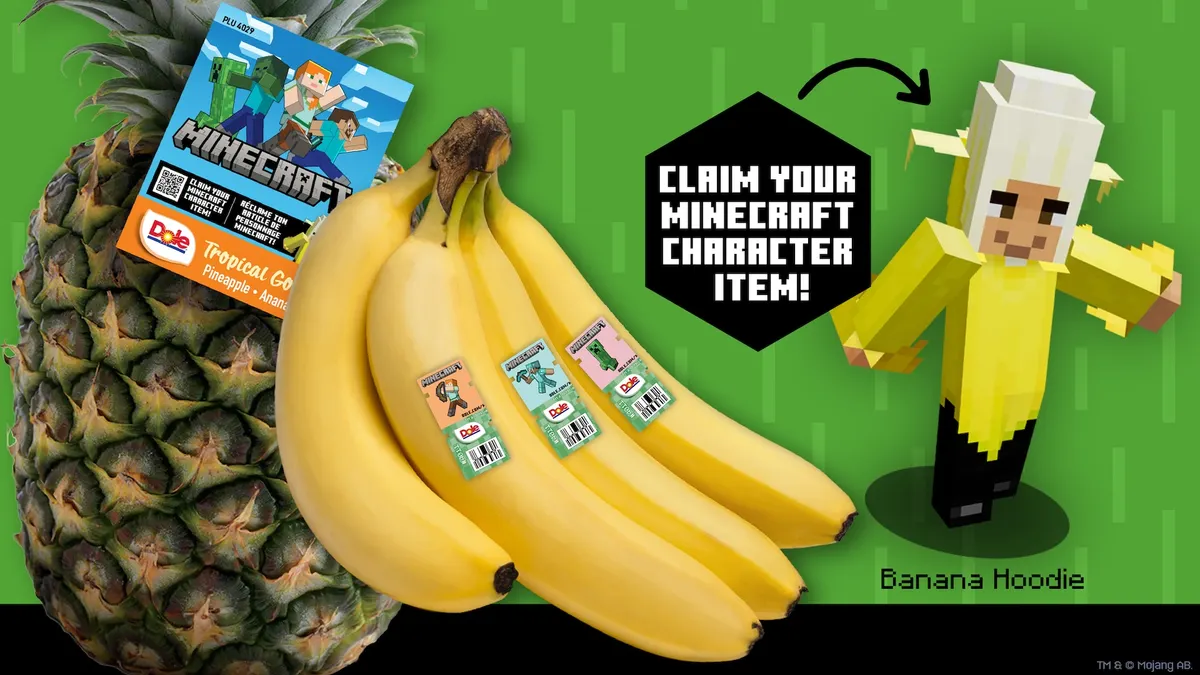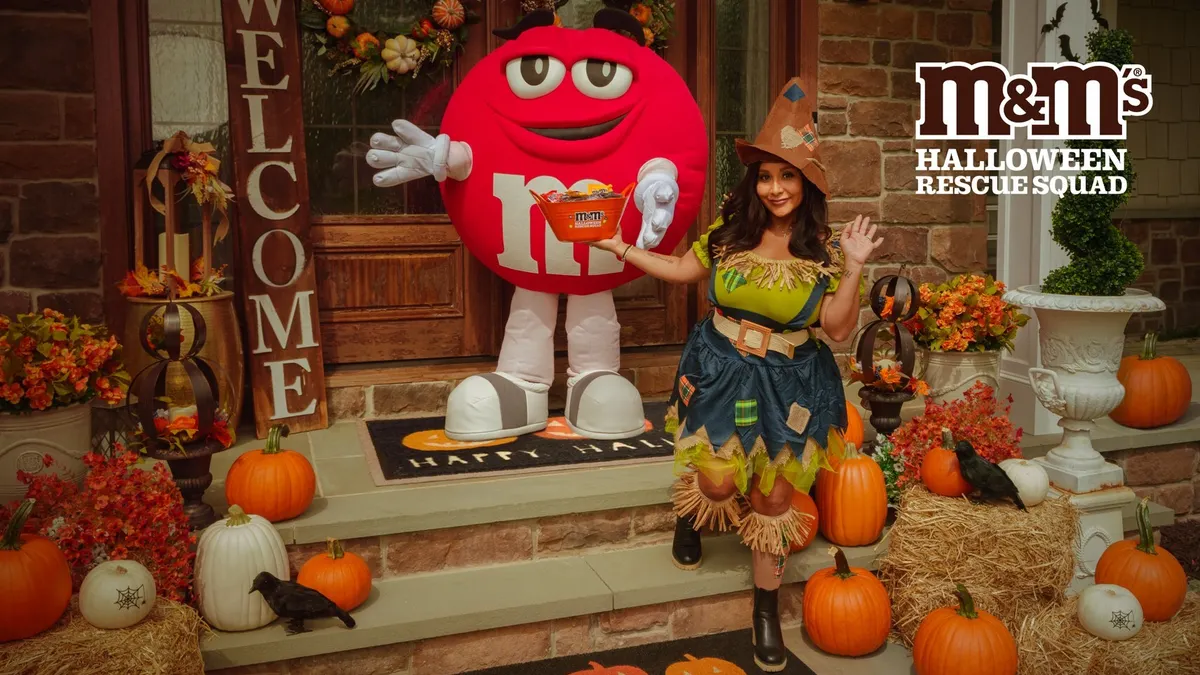For Hershey, securing the top search result online is the equivalent of getting its candy prominently placed on shelves.
But that hasn't been easy. In the past, consumers would go to the grocery or convenience store, walk down aisles, pick up a Reese's, Kit Kat or Krave Jerky at the checkout and impulse buy products they didn’t need. As consumers purchase more of their groceries online, it has forced food and beverage companies like Hershey to prioritize e-commerce and rethink how they go about getting shoppers to click, rather than grab, their product.
"There is still a shelf. There is still a basket, and there is still a checkout, but the difference is that all of those things can be in your phone."

Doug Straton
Chief digital commerce officer, Hershey
Despite the challenges of the new market, Hershey executives told reporters Thursday that "digital will be fundamental to our DNA going forward," included in everything from their data analytics of online shoppers to whom they hire to work for Hershey. The company also restructured its departments earlier this year so that digital-focused employees could be integrated directly into the company’s sales and marketing sectors.
"There is still a shelf. There is still a basket, and there is still a checkout, but the difference is that all of those things can be in your phone," said Doug Straton, Hershey’s chief digital commerce officer.
'Humans by nature are impulsive'
CPG manufacturers who spent decades mastering the art of brick and mortar sales are struggling to navigate the changing and uncertain e-commerce market that is rapidly becoming a bigger part of consumer shopping habits. Online grocery sales are forecast to reach $100 billion by as early as 2022, and that 70% of shoppers will at least occasionally shop for groceries online by that time, according to the Food Marketing Institute and Nielsen.
From the growth of home delivery to click-and-collect, one downside to digital is that a quarter of shoppers have cut back on snack purchases because they are able to avoid checkout lines, according to NOSH. But Hershey says they have a method to combat this change.
"You can not think about impulse purchases as the same way in the physical world," Straton said. "At a higher level, impulse does not go away. Humans by nature are impulsive."
Hershey has started implementing more data-driven targeted advertising, which it plans to expand in the coming years. The Pennsylvania-based confectioner has used pop-up ads to give suggestions to shoppers about candies or snacks they can add to their online cart, especially when consumers aren’t making the minimum for free shipping. Hershey also has given consumers an option to reload the cart with previously purchased items and show recipes that allow then to buy all the ingredients with one click.
When it comes to impulse purchases and prices online, Hershey executives said their average selling price and basket size has actually increased. In stores, people would buy a candy bar at the check out, but online consumers purchase that same candy in bulk.
Beyond the store
Hershey is working to overcome other obstacles beyond just where its products are sold. Shipping products also can be difficult, especially with items like chocolate that can melt during the warmest months of the year.
Phil Stanley, Hershey's chief sales officer, said the company is working with retail partners to build on its digital commerce strategies to work around those kinds of hiccups. “We are investing a lot more in technology and insight that will allow us to win in an offline and online world,” he said.
Hershey is far from the first company to change its business model to adapt to the e-commerce market. The growth of online, and the revenue that comes with it, has attracted the attention of nearly every major food and retail company.
Kellogg revamped its business model for e-commerce in 2017 by ending direct-store delivery for its snacks division, and shifting resources to direct-to-consumer marketing. Beverage giant Coca-Cola started experimenting with ways to encourage impulse buys online, shipping products directly from the bottler and working with its key customers. And spice, seasoning and flavorings company McCormick & Co. further expanded its online presence after it launched a storefront on Tmall.com, an Alibaba site in China, where it sells and fulfills products directly to the consumer.
"This is kind of the next evolution of retail," John Carroll, general manager and vice president of e-commerce for Coca-Cola North America, told Food Dive earlier this year.
Hershey, like other CPG companies, doesn’t have it all figured out just yet. Straton said it is still working to understand how people shop both online and offline so it can better align their marketing tactics.
“While digital commerce sales still remain a small part of the consumer goods pie, digital experience influences everything,” Straton said.





